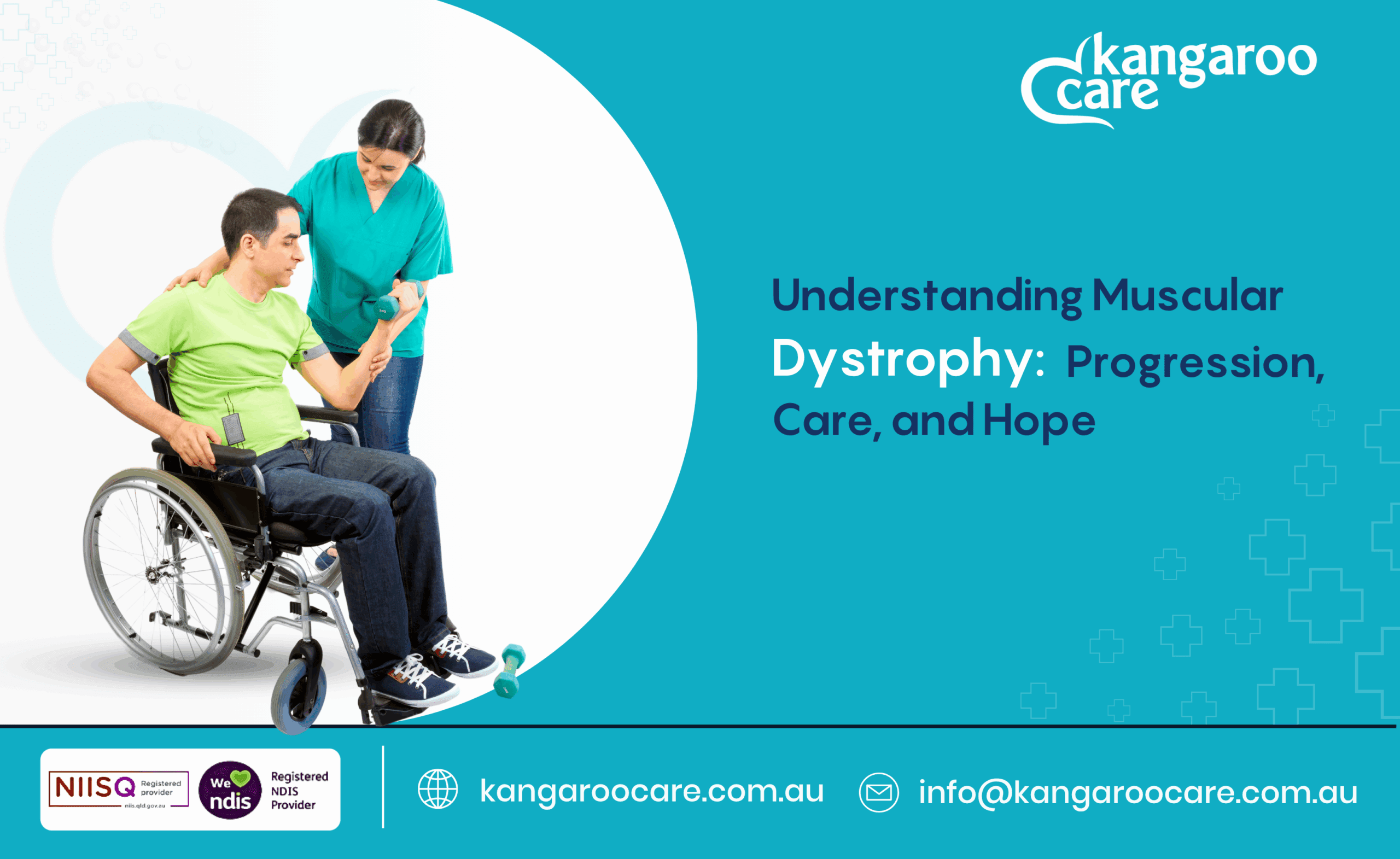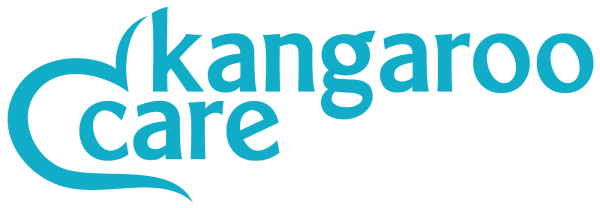
Everyday activities like walking, eating, or speaking aren’t usually seen as special abilities. But for individuals with neuromuscular disorders, these very everyday abilities become nearly impossible to accomplish. For instance, muscular dystrophy (MD), a genetic condition that causes muscle weakness and other muscle-related symptoms, can impact gait, cause pain and stiffness, delay growth in children, lead to weakness in specific parts of the body, and so on.
In this blog, let’s learn a little about neuromuscular disorders, specifically MD, its progression, and care advice for individuals with MD.
What is Muscular Dystrophy?
Muscular dystrophy (MD) encompasses a group of over 30 genetic disorders characterized by progressive muscle weakness and degeneration. The condition is not caused by injury or activity but due to muscles weakening over time due to mutations in genes responsible for muscle structure and function. Generally, these conditions lead to progressive disability. Depending on the form of MD, they could be present at birth or develop in childhood or during adulthood.
The most common form of MD is Duchenne type muscular dystrophy (DMD). This form is more common among boys, although girls may also carry the gene. The symptoms of DMD show up in early childhood in the form of challenges like late walking, frequent falls, trouble running/jumping/climbing stairs/rising from a lying or seated position, walking on balls of feet or toes, and a waddling gait. A child with Duchenne MD may also experience muscle pain or stiffness, learning or behavioral challenges, and delayed growth.
A few other types of MD include Becker muscular dystrophy (seen more in teens and adults), Myotonic (muscles will be unable to relax at will), Facioscapulohumeral (muscle weakness in face, shoulders, and upper arms), and Emery-Dreifuss (joint stiffness in children; may develop into heart conditions).
Progression of Muscular Dystrophy
While the severity of how MD progresses varies widely depending on the type of neuromuscular disorder, it’s observed that all forms of MD grow worse over time. The muscles of the affected individual progressively degenerate and weaken, and many of the patients eventually lose their ability to walk.
Some types of MD are also known to impact the heart, lungs, gastrointestinal system, endocrine glands, spine, eyes, brain, or other organs. MD may also cause problems with swallowing in some individuals.
How MD Causes Muscle Degeneration & Progressive Disability
The membrane of muscle fibres contains a group of proteins called the dystrophin-glycoprotein complex, which helps protect the muscle during contraction and relaxation. When this membrane is compromised, muscle fibres begin to leak creatine kinase and absorb too much calcium. This leads to muscle damage and, over time, the death of muscle fibres, resulting in progressive muscle degeneration.
Some forms of MD arise from defects in the dystrophin-glycoprotein complex. Others are linked to abnormalities in the surrounding connective tissue or the production of toxic gene products within muscle fibres.
People with MD, therefore, progressively lose muscle function, making them increasingly unable to move about and accomplish daily activities.
Although MD cannot be cured, it’s essential to identify care plans and programs that will help individuals live their lives in the best possible way.
Muscular Dystrophy Care – Tips & Advice
Effective care for MD requires a multidisciplinary approach tailored to individual needs. Key strategies include:
- Medical Management: Corticosteroids, such as those used in DMD, improve muscle strength and help delay muscle degeneration. Medications are also used to support heart health, while regular lung and cardiac function monitoring is critical.
- Physical Therapy: Early physical therapy helps maintain muscle flexibility and strength, delaying mobility loss. Physical therapy helps keep an individual’s muscles flexible. When combined with passive stretching, it helps in joint flexibility.
- Respiratory Therapy: Respiratory therapy, including airway clearance, invasive and non-invasive ventilatory support, and respiratory muscle training, can prevent or postpone breathing complications.
- Occupational Therapy: Therapeutic support to allow individuals to perform everyday activities at home and work.
- Psychological and Social Support: Emotional support through counseling and support groups to help individuals and families cope with the psychological challenges of MD.
- Supportive Diet: While no specific diet or supplementation plan has any impact on the progression of MD, individuals with MD need to consume a healthy diet to support their overall health.
- Corrective Surgery: Certain surgeries, such as tendon or muscle release surgery, pacemakers, cataract, or postural imbalance surgery, may be advised to ease complications arising from MD.
Continuity of Muscular Dystrophy Care
As individuals with MD live longer, their need for care will transition from pediatric to adult, calling for enhanced services that specifically support adults with MD to live a fulfilling life.
There’s hope in research as advances in gene therapy and stem cell research are groundbreaking. However, it’s important to continue to work towards empowering individuals with MD. This can be done via education, support, and advocacy.
Advancements in care, making care accessible, and community programs aim to enhance the lives of those affected. If you’d like to learn more about how Kangaroo Care can help, get in touch with us.





